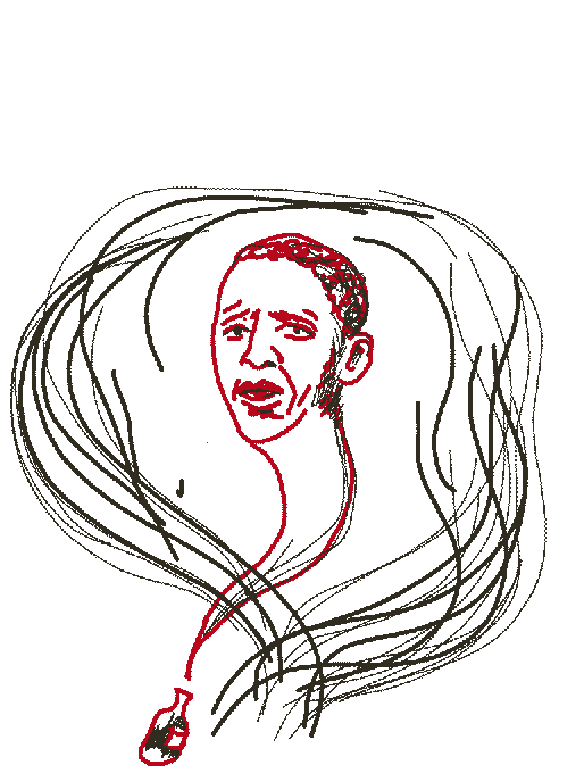Editor’s note: John MacIntosh played squash and tennis at Princeton University before going on to a career in private equity and the nonprofit world. The opinions expressed in this commentary are his own. View more opinion at CNN.
Harvard University’s admissions policies are once again being challenged. A group called Lawyers for Civil Rights filed a complaint with the US Department of Education last week alleging that the children of wealthy donors and alumni, who it says are overwhelmingly White, receive an unfair “legacy preference” in admissions.

The complaint came just days after the US Supreme Court ruled against Harvard in a landmark case ending decades of affirmative action at American colleges and universities. And it ensures that the contentious debate over who gets admitted to the nation’s most elite schools will continue to roil institutions of higher learning in the United States.
A Harvard spokesperson said that the school will not comment on the lawsuit and that “the university will determine how to preserve our essential values, consistent with the Court’s new precedent.”
As elite colleges and universities rethink their admission criteria in response to the ruling, one Supreme Court justice cited evidence showing they can come close to achieving diversity by other means.
Justice Neil Gorsuch wrote that evidence submitted by Students for Fair Admissions demonstrated “that Harvard could nearly replicate the current racial composition of its student body without resorting to race-based practices” if it “eliminated tips for the children of donors, alumni, and faculty” and “provided socioeconomically disadvantaged applicants just half the tip it gives recruited athletes … who as a group are much weaker academically than non-athletes.”
Although Gorsuch specifically mentions it, athletic recruitment has received very little scrutiny, which is surprising since the admission advantage for recruited athletes has historically been significantly greater than for any other group and also represents a large-scale, though indirect, form of legacy preference. As elite schools consider ways to make the admission process fairer, athletic recruitment should be first on the chopping block.
At national powerhouse college athletic programs — mostly the large public schools whose football and basketball games are seen widely on TV — athletes make up such a small fraction of the student body (generally around 2% to 3%, according to data from the US Department of Education) that the preference given to recruited athletes has only a minuscule effect on the total number of slots available for admission.
Similarly, at hundreds of smaller, less selective schools, athletic recruitment is a highly effective strategy to attract students who would otherwise not enroll in the school without taking a sizable number of slots away from others, since these schools are not generally oversubscribed.
However, at highly selective, private institutions, athletic recruitment greatly distorts the admissions process. Although many of these schools are small — with undergraduate student bodies of just a few thousand students — they have the financial resources to field an over full complement of sports teams. For example, as of 2021, Harvard had 37 varsity teams with 1,191 athletes, compared with “only” 27 teams with 886 athletes at the University of Michigan, according to data from the US Department of Education.
In fact, at elite colleges in the Ivy League and the New England Small College Athletic Conference, or NESCAC, for example, athletes represent an average of 20% of the student body, according to the same US Department of Education data. And at Harvard, the admission advantage enjoyed by recruited athletes dwarfs that of legacies or any other group.
An analysis by Nobel Prize-winning economist David Card (which was submitted as part of what became the Supreme Court ruling) demonstrated that athletes with lower academic qualifications got a bump of 1,000 times —from 0.07% to 70% — in their chance of admission to Harvard. It also showed that Asian American applicants were most disadvantaged vis-à-vis White applicants when the criterion by which they were assessed was athletics. All this raises issues of fairness and equity.
Athletic recruitment is also an explicit, group-based quota system that goes against the spirit of the Supreme Court’s decision, which argues that each applicant should be judged on individual merits and not as a member of a group that the institution wants represented on campus.
Would-be recruits are not competing for admission on their individual merits. They are not even competing based on their individual athletic achievements. They are competing for a given team’s fixed number of recruiting slots — which are a de facto quota since they virtually guarantee admission.
Most troubling, as Bill Bowen, the former president of Princeton University, argued in the book “Reclaiming the Game: College Sports and Educational Values,” elite institutions have entered into an athletic arms race that has pulled them from their core educational missions.
Yet whenever these schools have tried to discontinue some teams or move them to “club” status, the alumni from those (often niche) sports have balked, and in many cases the schools have backed down. So while the actual recruits may not be the children of alumni, the very existence of the recruiting slots is a form of legacy preference for applicants who happen to have the interest, time and money to play alumni-favored sports.
Harvard has rightly argued that advancing its mission — to educate the citizen and citizen leaders for our society — requires a diverse student body, but its leaders cannot honestly believe that it requires a winning squash, fencing or ski team.
Given the Supreme Court’s ruling, every admissions spot matters — so Ivy League, NESCAC and other highly selective private institutions should take the opportunity to withdraw from the athletics arms race by fielding sports teams composed of walk-ons who have been admitted and happen to play the sport — not recruits who have been admitted for purpose.
Athletic interest and achievement would remain an important part of the admissions process but would be given no more or less consideration than other extracurriculars such as playing the violin or community service, for which there are no explicit recruiting slots or de facto quotas. The few elite private schools that offer athletic scholarships could use the funds to improve the diversity of their admissions in more equitable ways.
This approach could be piloted in mainstream sports such as soccer and tennis, where both the men’s and women’s rosters could easily be filled from the regular admission pool at even the smallest schools and where competing even against vastly better opponents does not pose the risk of bodily injury.
For other teams, the number of recruits could be reduced to a bare minimum over time and allocated across the teams or even the athletic conference to maintain parity. Teams for which there proved to be insufficient demand from normally admitted students without unnatural acts of recruiting — most likely niche sports such as squash, fencing or sailing — would be discontinued, while other teams might be started, given naturally occurring student interest.
The Supreme Court decision is a terrible mistake, but it may have a silver lining. Elite private institutions have tried but failed to reign in the athletics arms race. The high court has now given them the motivation and opportunity to do it.
As Rahm Emanuel, the former White House chief of staff under President Barack Obama, once famously said, “You never want a serious crisis to go to waste.”






